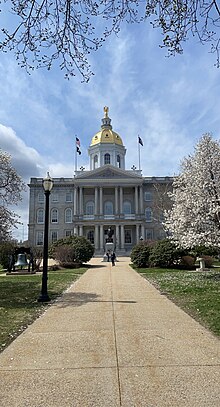On Tuesdays through Fridays, most PA students venture to their school-mandated advisory period after the second block.
Advisories are focused around the concept that each student should have “one trusted adult” in the building, so they are assigned the same advisory teacher for their tenure at PA.
Director of curriculum Mr. Roddy said that while PA is not required to have advisory periods, the New England Association for Schools and Colleges (NEASC), the school certification agency for the region, believe that advisory integration is “a key component to a successful high school.”
However, Mr. Roddy also believes advisory is crucial for students.
“It’s important that students have another adult that they can utilize as an advocate in their high school experience,” he said. “Advisories are an excellent opportunity for students to connect with an adult in the building that they may not necessarily otherwise see.”
Advisory also creates a space for students to make connections.
If a student is in a room with the same students for roughly 20 minutes a day, four days a week throughout high school, they are likely to make at least one friend. Creating these connections creates safe spaces for kids to academically thrive, according to literature published by NEASC.
However, some students said they do not see the benefits of advisory periods.
Many students reported using the time to check their phones or complete work in other courses. Freshman Gianna Randlett said she finds advisory to be a waste of time and often does nothing.
Senior Soleil Pero, who is a CRTC student in Concord and out of the building during advisory, feels as though she has not missed much.
“Being a part of CRTC, and missing advisory has not made me feel like I have made less friends or even made me feel less comfortable in the building,” said Pero.





